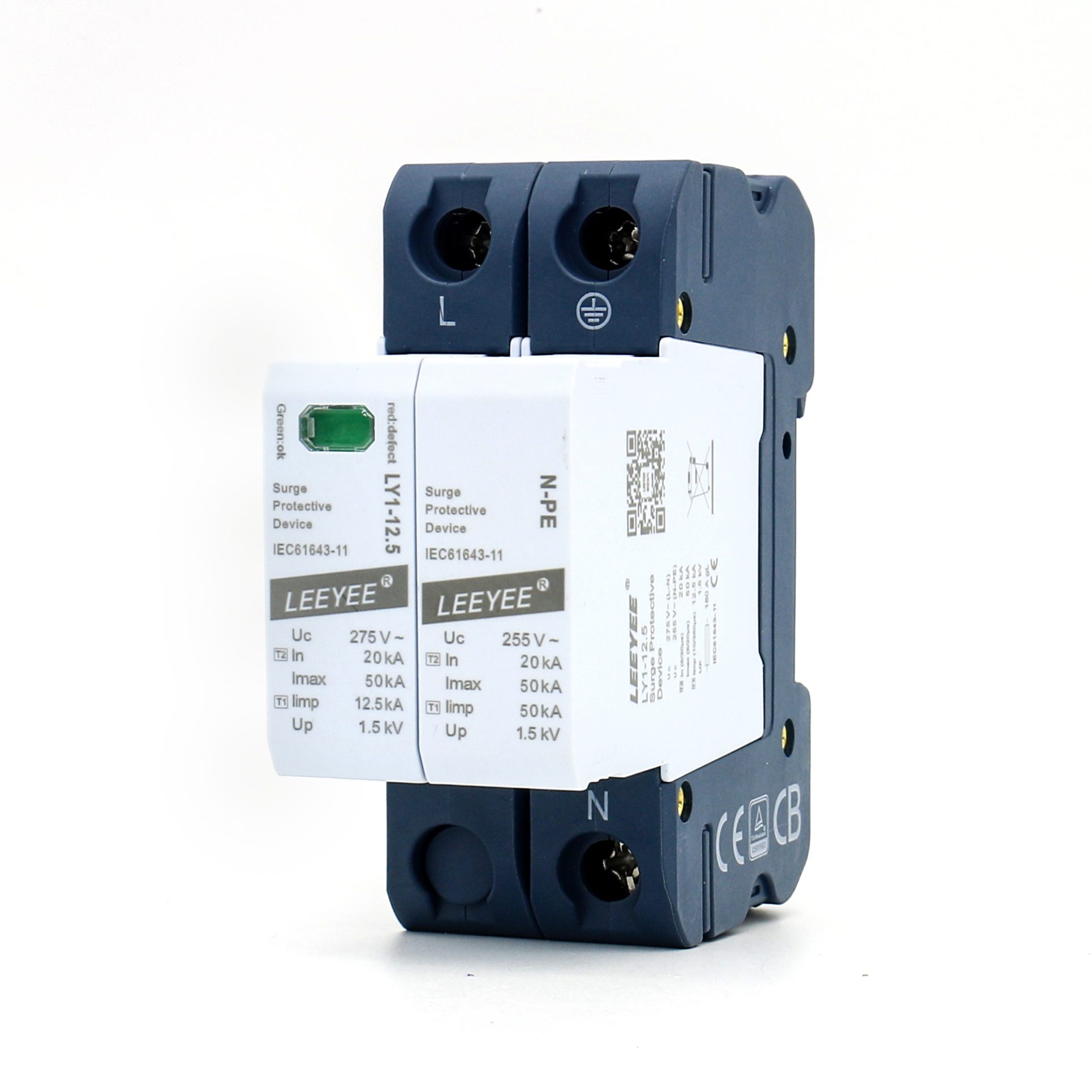Power outages during operations can be frustrating. When a surge protector keeps tripping, it’s more than an inconvenience—it can halt production, corrupt data, and damage valuable equipment. If ignored, this issue may escalate into electrical fires or extensive hardware failures. The good news? The problem is both identifiable and preventable. LEEYEE, a global leader in surge protection manufacturing, provides high-performance SPDs for industrial facilities, solar systems, and critical infrastructure. Certified with CB, TUV, and ISO9001, LEEYEE’s surge protectors offer ultra-fast response and exceptional surge endurance, delivering stability even under extreme conditions.
A surge protector that frequently trips may indicate an overload, faulty grounding, or internal component failure. Prompt diagnosis is essential to prevent damage to connected equipment.
Don’t write it off as a simple annoyance—persistent tripping is a red flag. Let’s explore what’s going on and how to stop it for good.
LEEYEE SPDs: Built to Last, Engineered for Stability
LEEYEE’s surge protection devices are crafted for industrial-grade use, solar PV systems, and commercial buildings. With a typical discharge capacity of 40kA–100kA, response time under 25 nanoseconds, and CB/TUV/ISO9001 certifications, these devices minimize false tripping while delivering long-term protection. Our solutions include:
-
Power supply SPDs
-
PV surge protection devices
-
Integrated protection boxes with circuit coordination
-
OEM/ODM customization services
By pairing our SPDs with miniature circuit breakers (MCBs) or isolators, we help prevent false tripping, extend product life, and improve system stability.
What Does It Mean When a Surge Protector Keeps Tripping?
If your surge protector keeps tripping, it’s reacting to an electrical fault. While this means it’s doing its job, it also highlights underlying problems in your system that need attention.
🔌 Common Causes of Frequent Tripping
-
Electrical Overload: Exceeding the amperage rating by connecting too many high-wattage appliances.
-
Faulty Grounding: Inadequate or loose grounding can destabilize the system, causing false trips.
-
Aging Wiring or Shorts: Damaged or worn-out cables may leak current, which the surge protector detects as a hazard.
-
MOV Degradation: After absorbing multiple surges, the metal oxide varistors inside the SPD may wear out and trip unnecessarily.
-
Incompatible High-Load Devices: Machines such as refrigerators or power tools with high inrush currents can overwhelm basic surge protectors.
⚠️ According to the IEC 61643-11 standard, SPDs must be coordinated with circuit breakers to ensure fault-tolerant behavior.
How to Fix a Surge Protector That Keeps Tripping
🧰 Troubleshooting Steps
-
Check Load Capacity: Make sure your devices don’t exceed the SPD’s amp rating (commonly 10A/16A).
-
Test Ground Continuity: Use a multimeter to verify that ground paths are intact.
-
Inspect for Physical Damage: Look for discoloration, burning smell, or failed indicator lights.
-
Match Your Device Type: High-load applications require industrial-grade surge protectors with higher clamping voltage.
-
Consult a Licensed Electrician: If problems persist, a detailed inspection may reveal deeper faults.
Preventing the Problem in the Future
-
Install Appropriate SPD Models: Select types designed for your voltage and load profiles.
-
Use alongside MCBs or Isolators: For controlled disconnection and better fault isolation.
-
Schedule Annual System Checks: Replace aging SPDs and inspect wiring conditions regularly.
🔍 IEEE data indicates 60–80% of damaging surges originate within buildings, mainly from load switching or equipment cycling.


